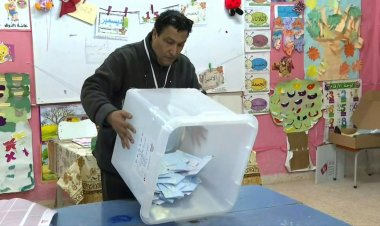ESA’s Biomass satellite sends first images

The European Space Agency's (ESA) Biomass satellite has transmitted its first images, marking a significant milestone in measuring carbon storage in Earth's forests. Launched on April 29, 2025, from French Guiana, the satellite is equipped with the first spaceborne P-band synthetic aperture radar (SAR), allowing it to penetrate dense forest canopies and assess woody biomass, which serves as a proxy for carbon storage.
The initial images, released on June 26, showcase various landscapes, including Bolivia's rainforests, forested floodplains, wetlands, and the Beni River. The images use color coding to differentiate elements in the landscape: green for rainforests, red for floodplains and wetlands, blue-purple for grasslands, and black for rivers and lakes. This capability enables the satellite to provide insights beyond the visible spectrum, capturing geological features in the Sahara Desert and icy landscapes in Antarctica.
ESA Director of Earth Observation Programmes, Simonetta Cheli, expressed confidence in the satellite's potential, stating that it is set to deliver on its promise. The mission aims to create three-dimensional maps of global forest biomass over five years, enhancing understanding of the planet's carbon cycle. The satellite's ability to measure carbon stocks in remote and cloud-covered regions will be crucial for monitoring changes due to deforestation, climate change, and land-use practices.
In addition to forest monitoring, Biomass has demonstrated versatility by capturing images of Chad's Tibesti Mountains and Antarctica's Transantarctic Mountains, revealing subsurface features that could provide insights into hidden water reservoirs and glacier dynamics. As the mission progresses, the data collected will be integrated into ESA's Climate Change Initiative, contributing to a comprehensive understanding of global forest carbon dynamics and informing conservation efforts and climate policy decisions.















